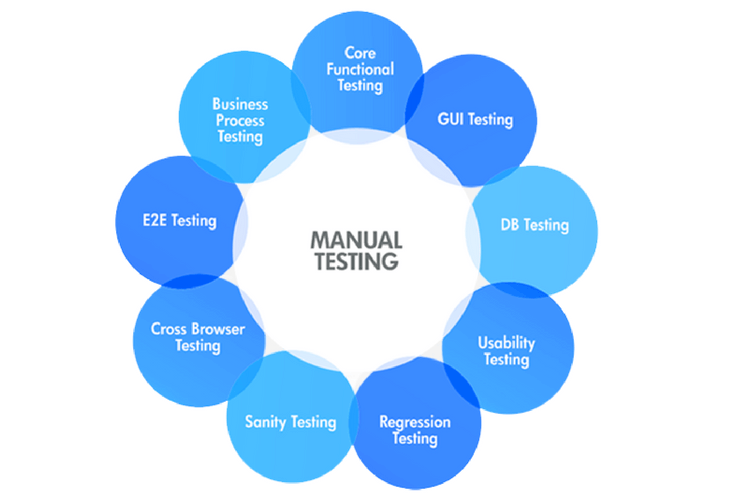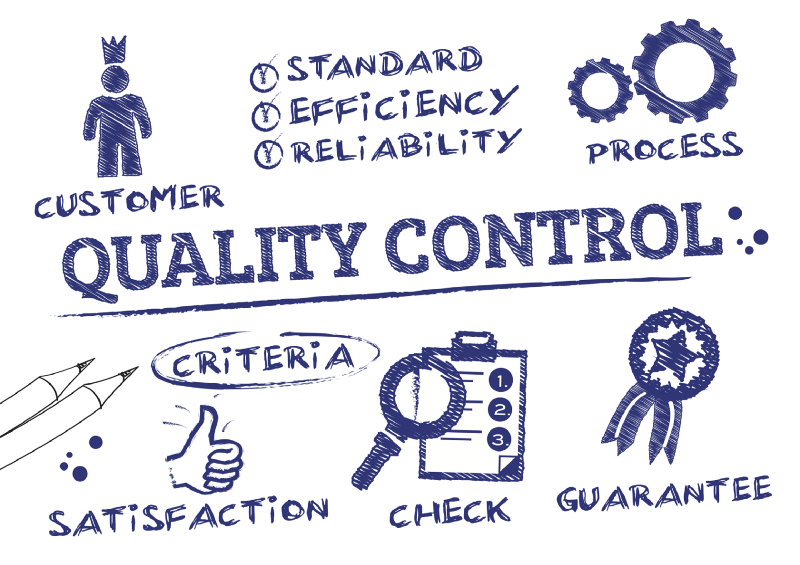QA Manual testing? What could it possibly mean? At its core, manual testing is the most practiced kind of quality assurance.
When people want to know what elements of the system have been tested, and how thoroughly, they break requirements down into bullet points. Each bullet point is a possible test case. In the simplest form of software manual testing, there’s a person executing test cases corresponding to a test plan. Once all the test cases are completed, a result can be created, which describes the state of the tested software.
It sounds pretty straightforward, do you agree?
Table of contents
- What is a Manual QA Engineer?
- Why is it so Important to Have a Manual QA Engineer on Your Team?
- Hire People with Different Backgrounds
- More Exploratory Testing, Less Structured Test Cases
- What Skills to Look for in a Manual QA Engineer?
- Effective QA Manual Testing Can Win Your Customer’s Respect
- Let’s wrap things up:
What is a Manual QA Engineer?
Before we start, let me give you my definition: a Manual QA Engineer is a person that is kind of a ninja with software but has a mindset of a child playing with toys. This is someone who is a geek and follows IT news and trends on a regular basis. The Manual QA Engineer has an opposite approach to the software than a programmer, also, a business analyst and can shapeshift into a middle-aged lady, a technician with fat fingers, a child, a banker, a dentist, a secretary… It’s a “whatever the user wants the user gets” kind of person!
The Manual QA Engineer is a valuable part of every team. They help product teams build a high-quality product that clients would love using. They don’t just test the product; they have a broader mission to influence all team members to take responsibility for quality.
Most Common Titles: Manual Tester, Software Test Engineer, QA Analyst
Core Responsibilities: Manually test any product, service, or system; analyze requirements; write and run test cases (scripts); report defects, and verify defect resolution.

source: appletechnosoft.com
Why is it so Important to Have a Manual QA Engineer on Your Team?
I test the code of the software to assure quality, and the developers in my team end up dealing with 30+ bugs every week. That's how important a Manual QA Engineer is. If it wasn't for me, those bugs would be caught by the customer.
Now let us be serious. It is important to have someone that can verify the UAT (User Acceptance Criteria) manually, but also have fun with the app and think of possible scenarios on how to break the software.
Once I was testing a GPS tracking device that you put in your vehicle and track different kinds of movements, harsh braking, fast acceleration, sharp turns, etc. The auto QA told me that every signal that we send to the device gets recorded in our databases. That was ok, but not enough. A user will never force a signal to the web app. So, I placed the device in my car, drove to the nearest, empty parking and had fun. I drove around like a crazy person and recorded every movement by time and type. We noticed that some of the movements were sent out too late, event 2 minutes late! Ever since this test, the developer that was in the car, doesn’t want to ride with me.
That stunt I did was useful as it helped us better understand the quality of the GPS tracking device. Thanks to my manual testing skills, we managed to enhance the product and remove any obstacles to great user experience.
“Testers don’t like to break things; they like to dispel the illusion that things work.”— Kaner, Bach, Pettichord
Hire People with Different Backgrounds
My business analyst background has shown me that I can easily find issues within a software that are more UI related, and by that, we help the customer to better use what our company is offering. I often participate in sprint planning and story walk meetings, but never silently. You can find me asking questions and giving suggestions on how we can make a more user-friendly application.
More Exploratory Testing, Less Structured Test Cases
I think that 30-40% of the issues I find are in this phase of testing. This is a phase when I don’t know how the software should actually work, but I’ve listened to a few story walks and kind of know what’s going on. I explore and play around with the software, I update the test suits with more test cases and think of any possible scenario on how the user will interact with our application.

source: Medium
What Skills to Look for in a Manual QA Engineer?
The less experience in programming a Manual QA Engineer has, the better! In my experience, QAs that have less programming knowledge are better than the ones that do. They just have different, sometimes opposite, mindset than the developer. They are more user-related and can walk better in the customer’s shoes. What's more, they interact with the software just as the user will.
According to Jerry (Gerald) Weinberg, a renowned computer scientist and testing expert, “If you are not learning something new each day, you are not testing”. This quote holds much truth when talking about the specific skills of a manual QA software tester. Continuously learning new things and advancing in the technical skills is inevitable to keep up with the trends and avoid becoming obsolete.
For manual testing to be effective, you need an experienced QA tester who has a broad understanding of the product, is capable of communicating with technical and non-technical people, and never forgets that the ultimate goal is not only to find bugs but also to have them fixed.
Find people who are analytical (they need to have an eye for details), who love to play around with any software or electronics and experiment with new things.
Effective QA Manual Testing Can Win Your Customer’s Respect
Early detection of issues can help you avoid the customer’s complaint. Manual and automated testing are the most effective test tools for making sure everything works perfectly.
And why manually? Well if you can’t bring your customer to test the product, bring more manual QAs. Even though test automation tools are very beneficial, especially for regression testing, writing automation test cases can be time-consuming.
Manual QA uses the method of black box testing. It got the name because the software program, in the eyes of the software tester, is like a black box; inside which one cannot see.
There are several advantages which can be highly beneficial for your customer at the end:
- Tests are done from a user’s point of view and will help in exposing discrepancies in the specifications.
- Software testers need not know programming languages or how the software has been implemented.
- Also, tests can be conducted by a body independent from the developers, allowing for an objective perspective and the avoidance of developer-bias.
- Test cases can be designed as soon as the specifications are complete.
That is why we need manual QAs to do the job of a customer.
Let’s wrap things up:
- At its core, manual testing is the most practiced kind of quality assurance.
- The Manual QA Tester is a valuable part of every team. They help product teams build a high-quality product that clients would love using.
- Having a manual QA tester on your team will lead to a high-quality product and the whole team feeling proud of what they have achieved.
- To be successful, QA manual testers need to continuously learn new things and advance their technical skills to avoid becoming obsolete.
- Effective QA testing can win your customer’s respect and help you avoid any complaints


